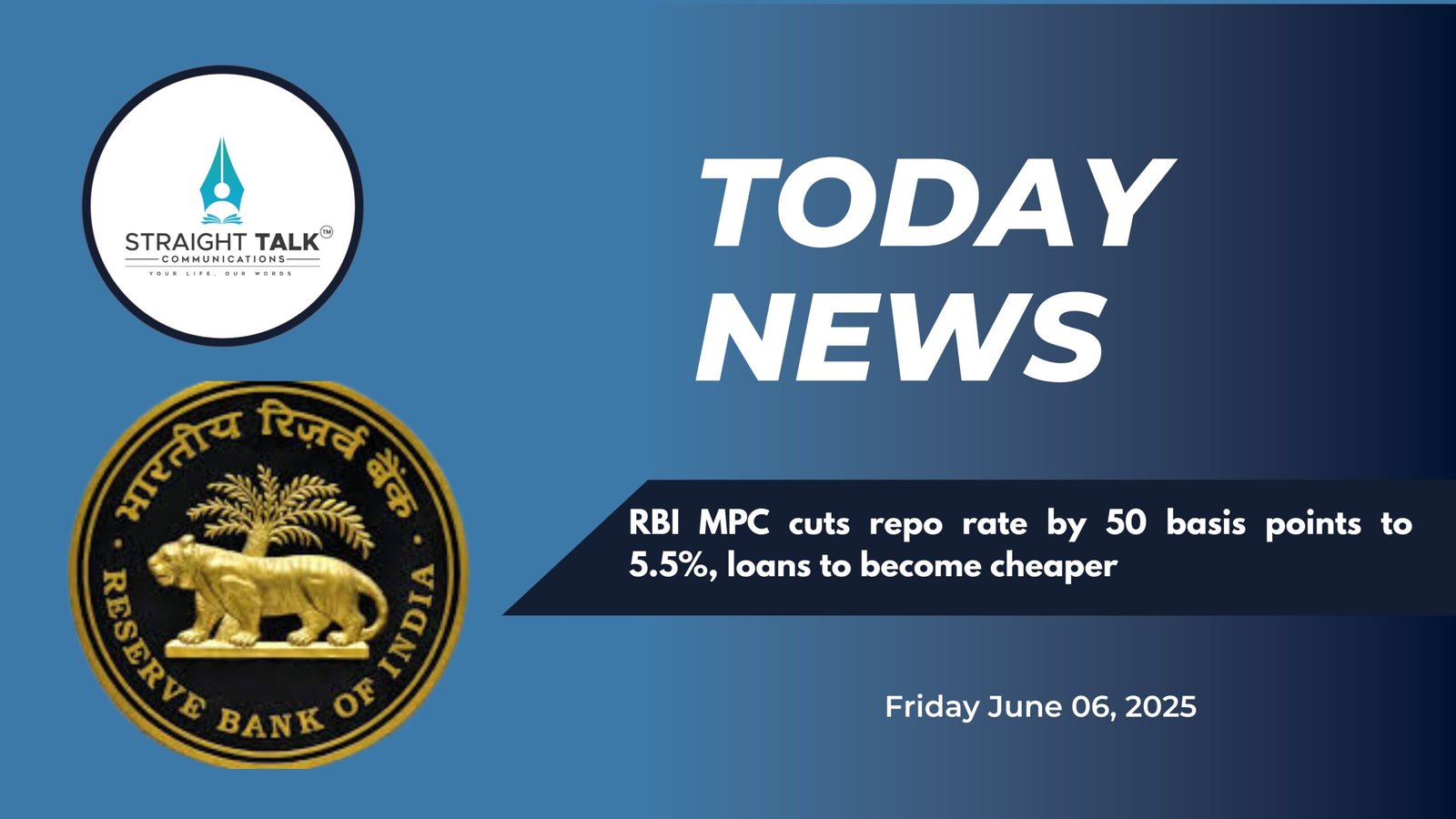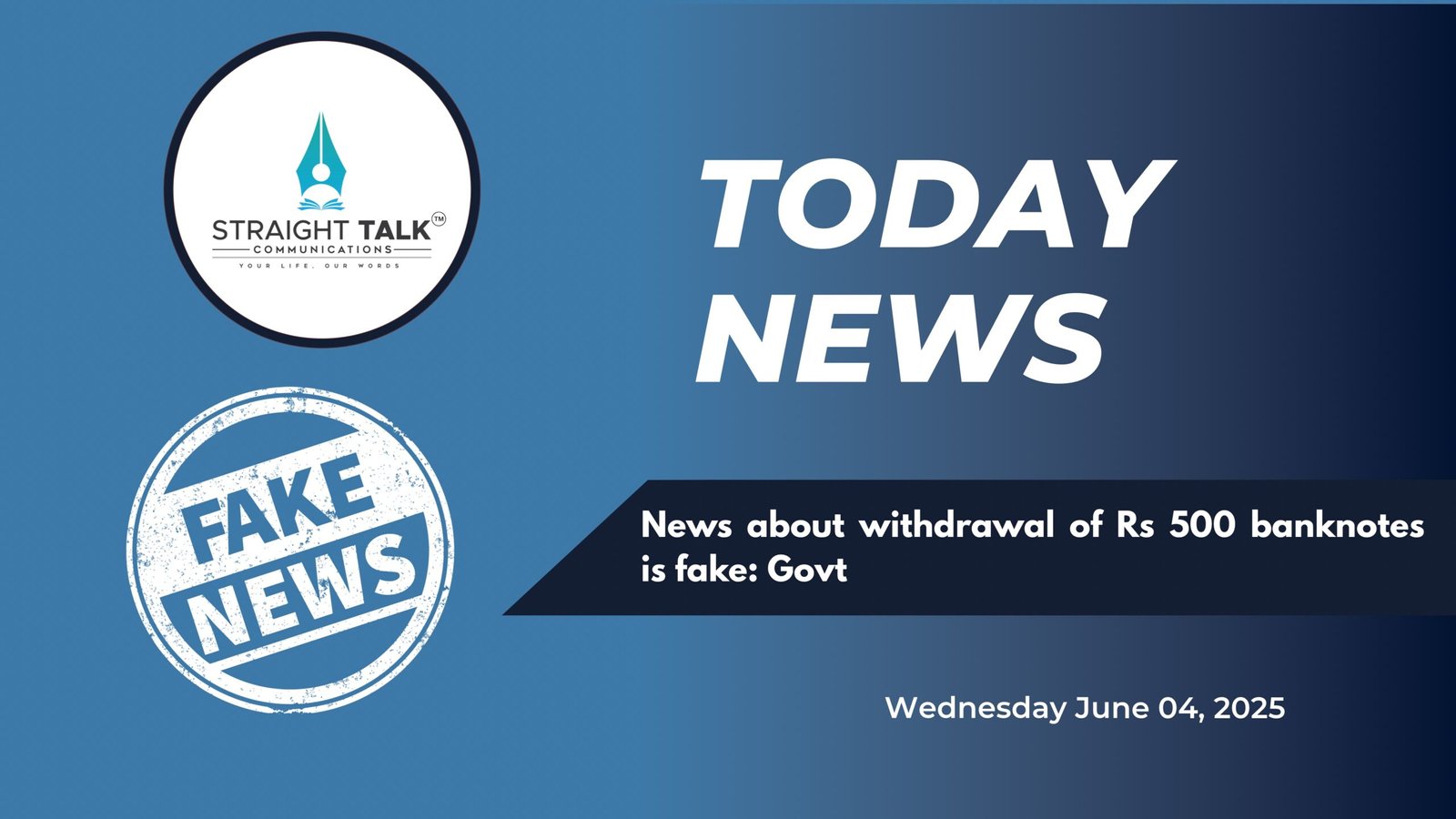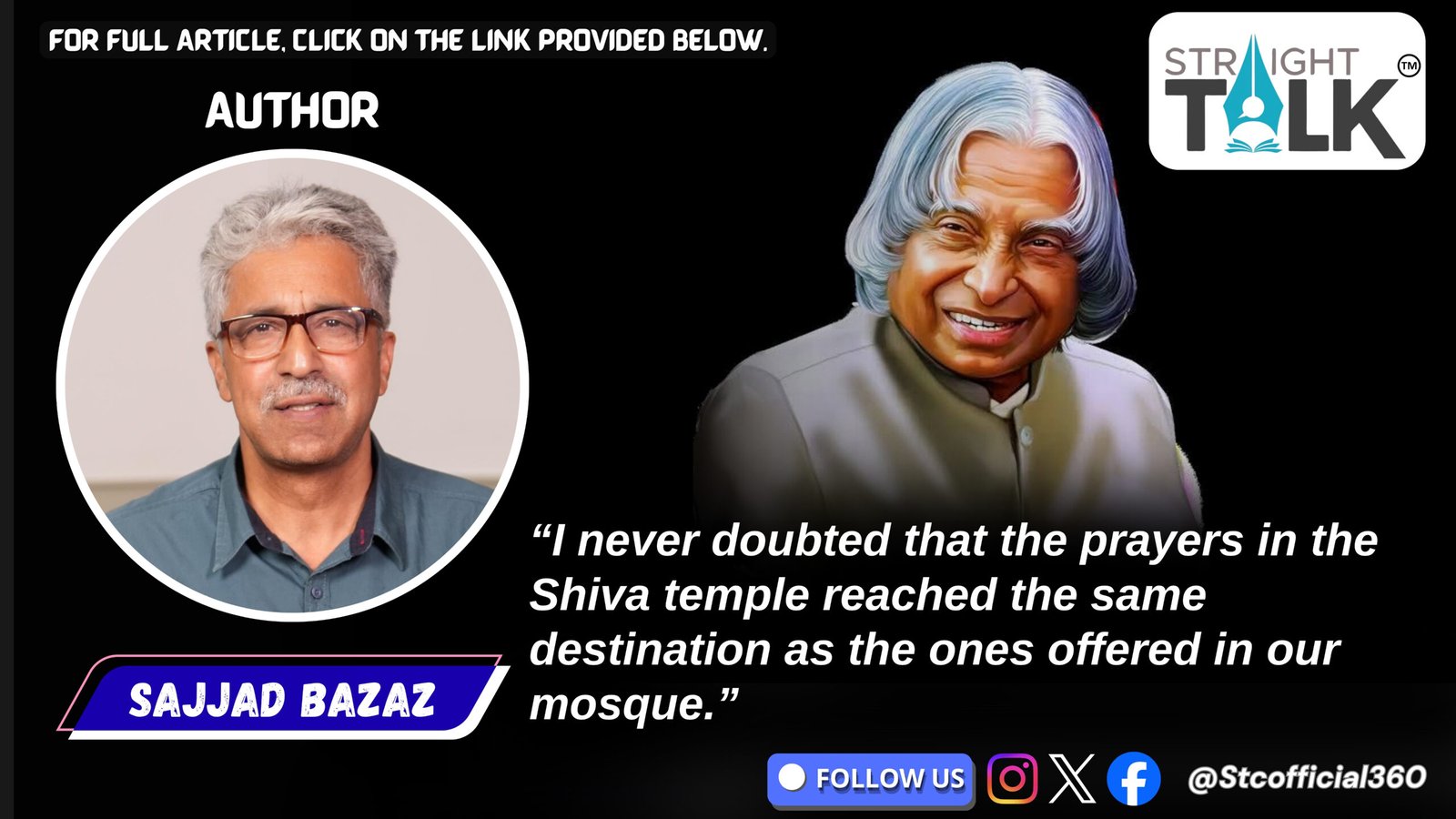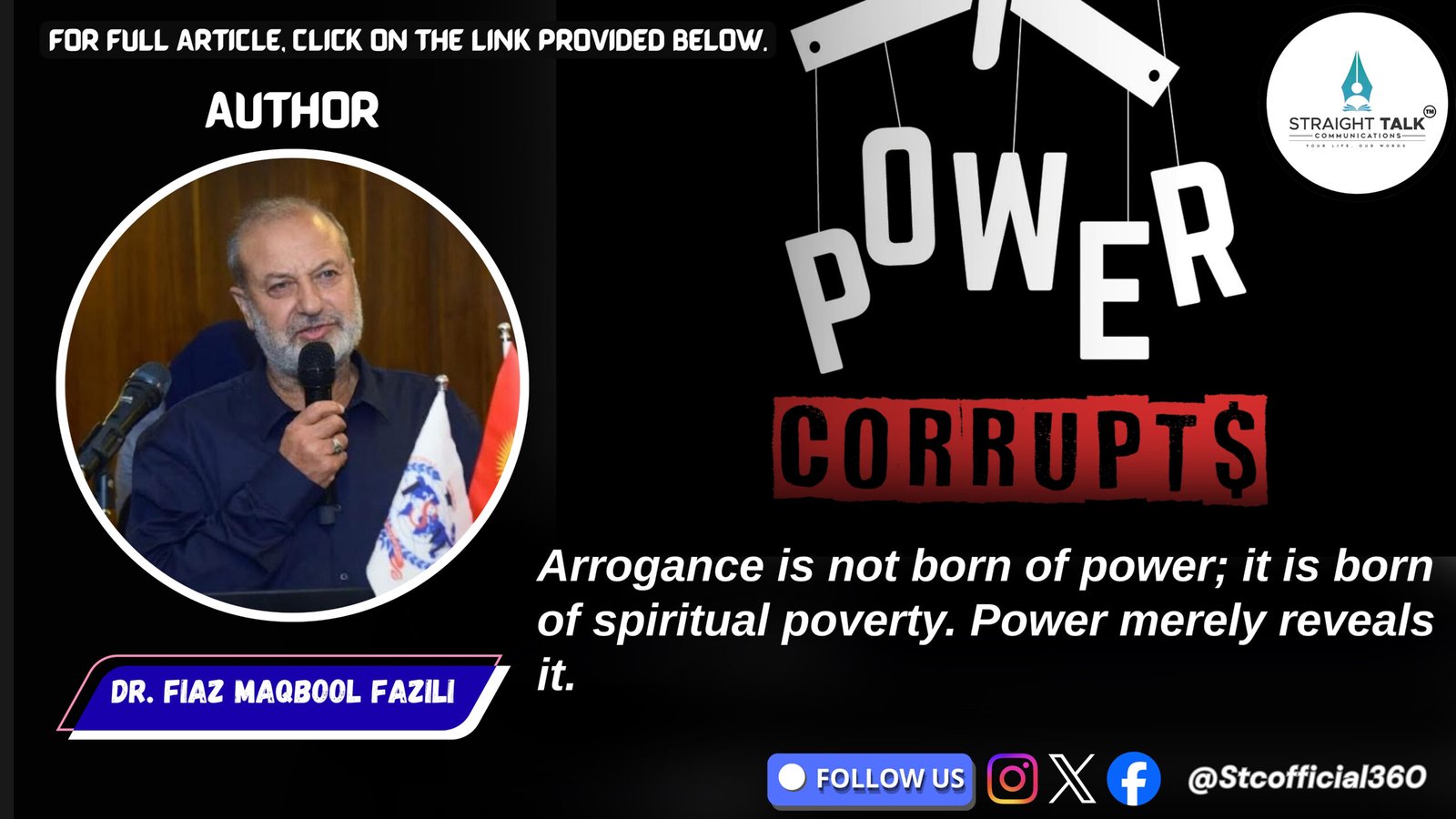Navigating Uncertainty: NC’s Balancing Act in Jammu and Kashmir’s New Power Dynamics

Dr Noour Ali Zehgeer
The National Conference (NC) government in Jammu and Kashmir currently finds itself aty critical crossroads. Operating in a restructured political environment, the party must balance governance responsibilities, meet public expectations, and maintain diplomatic ties with the central government—all while contending with reduced autonomy and a reshaped power structure. The once-dominant political force now faces an altered reality where influence is diffused and authority significantly curtailed. The internal differences with members have brought shame to JKNC and big question mark on the credibility on Omar Abdullah. He should have got mentored by his father to sail through in these trouble waters.
A delicate equilibrium following its victory in the latest and assembly elections—secured with the support of a few independents and external backing from Congress and CPI(M)—the NC reclaimed political power after a long hiatus. However, this return has not translated into full administrative control. Instead, the party is striving to retain relevance in a political landscape increasingly influenced by central directives and Lieutenant Governor-led administration.
Critics describe the current arrangement as a performance—a political manoeuvrer by the ruling party to mask its growing compromises and apparent submission to the Centre’s will. Detractors accuse the NC of soft-pedalling key issues to maintain goodwill with New Delhi. But NC leaders push back, arguing that the people are aware of the current limitations and understand the challenges of governing in this dual power setup. According to party insiders, voters are inclined to give the new government time to prove itself, recognizing that the political autonomy once enjoyed is no longer the same.
The Two-Tier Power Structure
One of the most significant challenges the NC government faces is the dual power structure between the elected administration and the Lieutenant Governor’s office. Since the abrogation of Article 370 and the subsequent enactment of the Jammu and Kashmir Reorganisation Act in 2019, the LG has assumed vast administrative powers. A recent example includes the transfer of 48 JKAS officers—an act defended by the LG administration as well within its legal jurisdiction and supported by the central government.
In contrast to earlier eras—especially between 1996 and 2002 and again from 2008 to 2014—when NC enjoyed considerable political support from successive central governments, the current leadership finds itself increasingly side-lined. Back then, New Delhi’s approach to Jammu and Kashmir often involved active engagement, political incentivization, and sustained dialogue with regional parties. That pattern has now shifted. The current central dispensation appears more focused on asserting direct control, leaving little room for regional actors to influence major decisions.
BJP’s Shadow Campaign
The Bhartiya Janata Party (BJP), despite failing to secure a majority in the recent elections, continues to be a potent force in the region. Its long-term objective—to establish a BJP-led government in Jammu and Kashmir—remains unchanged. High-level BJP leaders from Delhi frequently visit the Union Territory, holding strategy meetings with local cadres and ensuring organizational morale remains high.
This behind-the-scenes mobilization makes it clear that BJP has not given up on its political ambitions in the region. Its leadership views the current phase as a temporary setback and is working steadily to lay the groundwork for future electoral success. This constant presence keeps pressure on the NC-led government and serves as a reminder that opposition politics is very much active.
Tensions and Tact
Caught between governance obligations and political survival, the NC leadership finds itself in a precarious position. Open confrontation with the central government risks further marginalization. However, quietly accepting every administrative decision by the LG’s office invites criticism from regional opposition parties and civil society.
The recent administrative reshuffles, especially the transfers of key officers, sparked criticism from the ruling NC, which saw these actions as undermining the authority of the elected government. Yet, the silence of the same government on more pressing public issues has not gone unnoticed. Opposition parties have accused NC of straying from its pre-election promises, calling its muted response to critical matters a betrayal of public trust.
Nevertheless, there is a growing perception among the public that the NC government is functioning under severe constraints. Ironically, this perception may be helping the party—for now. It creates a space where the party can seek public sympathy for being rendered powerless, while also justifying its inability to deliver on certain promises. Whether this sentiment will evolve into sustained support or turn into disillusionment depends on how the NC handles its tenure in the coming months.
The Weight of Expectations
A key promise of the NC during its campaign was the fight for the restoration of Article 370 and the special constitutional status of Jammu and Kashmir. However, historical precedent shows that such promises are more symbolic than actionable. Even the most influential Kashmiri leaders in the past failed to reverse constitutional decisions once they were implemented. Instead, they were often compelled to adjust to changing realities and recalibrate their political strategies.
Today, the restoration of full statehood has become a non-negotiable demand for the NC—not just a political slogan but a necessary step to regain meaningful control over governance. While the central government has made public assurances that statehood will be restored “at an appropriate time,” the lack of clarity about when that time will come only adds to the sense of limbo.
The Road Ahead
As it stands, the NC government’s authority remains limited and its ability to deliver on public expectations is heavily constrained by structural and political barriers. It must now focus on preserving the political space it has regained through electoral means, even as it functions under the shadow of central oversight.
The party’s future depends not just on how it navigates the current challenges but also on its ability to redefine its role in a post-Article 370 Jammu and Kashmir. Whether it can evolve from a symbol of the past into a proactive agent of change remains the central question—one that only time, strategy, and public trust can answer.
(The views are of the author and not that of Straight Talk Communications)







